October created the perfect storm for a pneumonia outbreak.
Warm muggy weather, with wet underfoot conditions and cattle having to be housed, combined with the weaning of spring-born suckler calves and these passing through sales yards, created the ideal conditions for pneumonia to run through the sheds.
A high level of management, including proper weaning routines and vaccination programmes, will go a long way towards reducing the risk, as will proper accommodation – with the top priority being improved air flow.
Vented sheeting
From visiting several farms over the past few months, a large proportion of grant-spec sheds from the mid-2000s have vented sheeting in place.
This was thought to be sufficient as an air inlet, but the varying degree of porosity between manufacturers questions this.
Porosity can differ between 5% and 15%. Taking the lower figure, a typical three-bay, double-slatted shed measuring 19.2m in length, with 1.8m high vented side sheeting on either side, will have 69.12m2 of side sheeting.
At 5% porosity, only 3.45m2 of the side sheeting is acting as an air inlet. With 60 weanlings in a shed (10 per pen), the requirement is a minimum of 6m2 of inlet space. Vented sheeting generally only works on exposed sites.
An example of a shed with poor ventilation was seen on Oliver O’Hara’s farm in Co Leitrim at the recent Winter Ready walks organised by Teagasc.
Built to grant-spec with vented side sheeting, cobwebs and black mould growth were evident on the roof-sheeting and timber – an issue Oliver plans on addressing.
Vented sheeting is liked by builders and farmers alike, due to it being easily erected and long-lasting. However, at a risk of animal health and performance, reduced maintenance costs are quickly eroded.
Exposed sites
Eave gaps have replaced ventilated sheeting for the most part, where the rafter runs out past the upright stanchion to shelter a gap left between the side sheeting and the eave.
This works well on sheltered sites, but where prevailing wind hits on exposed yards, wind-driven rain can enter the shed.
There is some confusion among farmers over ‘Yorkshire boarding’ and space boarding, but the difference is relatively simple.

Looking down on Yorkshire boarding from the top: the internal board sits in the middle of the gap to prevent wind-driven rain.
Space boarding entails a single line of boards 75mm wide, with a 25mm gap, being fixed to the external side of the side-purlin.
Yorkshire boarding involves a double row of timbers running either side of a purlin, with the boards being offset so that inside boards are positioned at the centre of the external boards.
The recommendation is to use a 150mm-board with a 40mm spacing between boards, as a spacing of 50mm or greater will allow rain to enter the shed. The use of Yorkshire boarding is recommended for sides facing prevailing winds or for calf houses.
In comparison to the vented sheeting at 5% porosity, the space boarding above will leave a 25% void space.
The same three-bay shed used in the example would see air inlet space increase to 17.28m2 – more than twice the requirement for the weanlings. The Yorkshire boarding creates 19% void space, with 13.8m2 of air inlet, which is still over twice the requirement.
Wood preservation and charring
A common fault farmers find with Yorkshire or space boarding is the issue with maintenance, with timber laths requiring regular treatment and/or replacement, due to being exposed to the elements.
Long-lasting timbers, such as larch, should be used where available. Timbers should be properly kiln-dried to below 20% moisture content (ideally between 9% and 13%) before preservation to ensure the preservative can properly penetrate the wood.
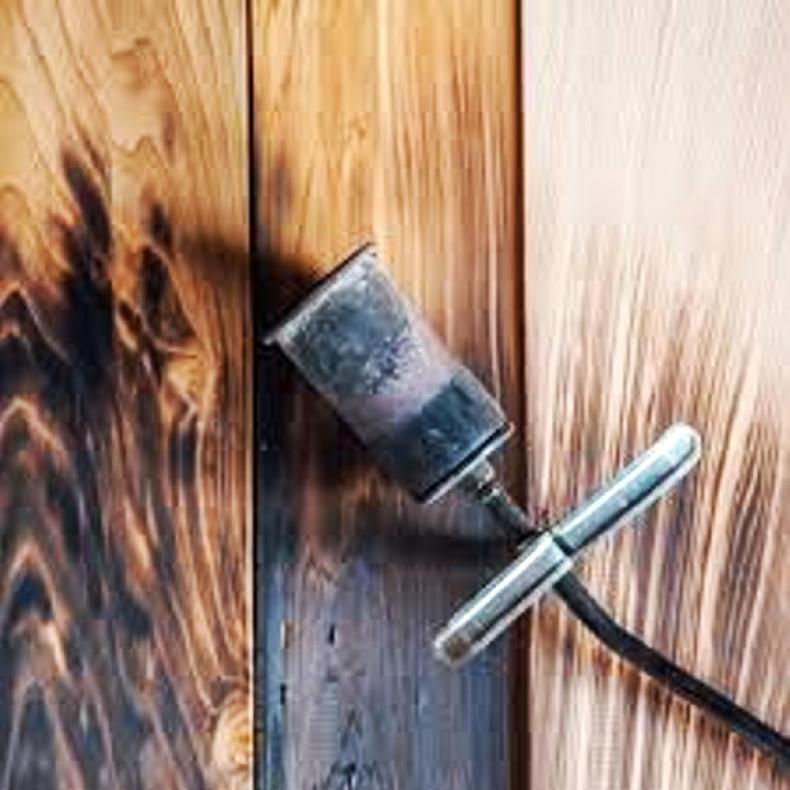
Larch timber can charred to allow it to be waterproofed and prevent rot and decay.
A popular non-chemical method of preserving wood, more commonly seen in residential housing, is charring.
Dried larch timber is charred with a gas torch to blacken the outside, with the result being that the wood becomes waterproof and better protected from rot and decay.
The wood, being already charred, is also said to be less prone to fire damage, with the black colouring from the charring process giving the wood a colour similar to that of creosote-treated timber.
October created the perfect storm for a pneumonia outbreak.
Warm muggy weather, with wet underfoot conditions and cattle having to be housed, combined with the weaning of spring-born suckler calves and these passing through sales yards, created the ideal conditions for pneumonia to run through the sheds.
A high level of management, including proper weaning routines and vaccination programmes, will go a long way towards reducing the risk, as will proper accommodation – with the top priority being improved air flow.
Vented sheeting
From visiting several farms over the past few months, a large proportion of grant-spec sheds from the mid-2000s have vented sheeting in place.
This was thought to be sufficient as an air inlet, but the varying degree of porosity between manufacturers questions this.
Porosity can differ between 5% and 15%. Taking the lower figure, a typical three-bay, double-slatted shed measuring 19.2m in length, with 1.8m high vented side sheeting on either side, will have 69.12m2 of side sheeting.
At 5% porosity, only 3.45m2 of the side sheeting is acting as an air inlet. With 60 weanlings in a shed (10 per pen), the requirement is a minimum of 6m2 of inlet space. Vented sheeting generally only works on exposed sites.
An example of a shed with poor ventilation was seen on Oliver O’Hara’s farm in Co Leitrim at the recent Winter Ready walks organised by Teagasc.
Built to grant-spec with vented side sheeting, cobwebs and black mould growth were evident on the roof-sheeting and timber – an issue Oliver plans on addressing.
Vented sheeting is liked by builders and farmers alike, due to it being easily erected and long-lasting. However, at a risk of animal health and performance, reduced maintenance costs are quickly eroded.
Exposed sites
Eave gaps have replaced ventilated sheeting for the most part, where the rafter runs out past the upright stanchion to shelter a gap left between the side sheeting and the eave.
This works well on sheltered sites, but where prevailing wind hits on exposed yards, wind-driven rain can enter the shed.
There is some confusion among farmers over ‘Yorkshire boarding’ and space boarding, but the difference is relatively simple.

Looking down on Yorkshire boarding from the top: the internal board sits in the middle of the gap to prevent wind-driven rain.
Space boarding entails a single line of boards 75mm wide, with a 25mm gap, being fixed to the external side of the side-purlin.
Yorkshire boarding involves a double row of timbers running either side of a purlin, with the boards being offset so that inside boards are positioned at the centre of the external boards.
The recommendation is to use a 150mm-board with a 40mm spacing between boards, as a spacing of 50mm or greater will allow rain to enter the shed. The use of Yorkshire boarding is recommended for sides facing prevailing winds or for calf houses.
In comparison to the vented sheeting at 5% porosity, the space boarding above will leave a 25% void space.
The same three-bay shed used in the example would see air inlet space increase to 17.28m2 – more than twice the requirement for the weanlings. The Yorkshire boarding creates 19% void space, with 13.8m2 of air inlet, which is still over twice the requirement.
Wood preservation and charring
A common fault farmers find with Yorkshire or space boarding is the issue with maintenance, with timber laths requiring regular treatment and/or replacement, due to being exposed to the elements.
Long-lasting timbers, such as larch, should be used where available. Timbers should be properly kiln-dried to below 20% moisture content (ideally between 9% and 13%) before preservation to ensure the preservative can properly penetrate the wood.

Larch timber can charred to allow it to be waterproofed and prevent rot and decay.
A popular non-chemical method of preserving wood, more commonly seen in residential housing, is charring.
Dried larch timber is charred with a gas torch to blacken the outside, with the result being that the wood becomes waterproof and better protected from rot and decay.
The wood, being already charred, is also said to be less prone to fire damage, with the black colouring from the charring process giving the wood a colour similar to that of creosote-treated timber.







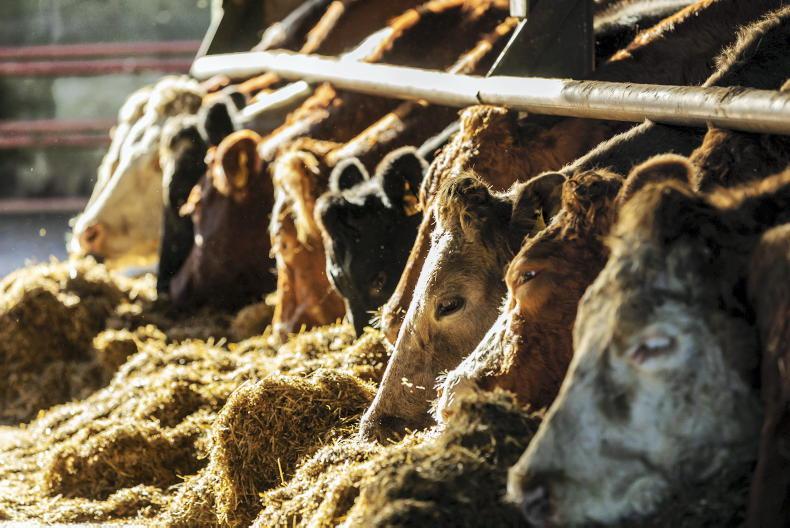

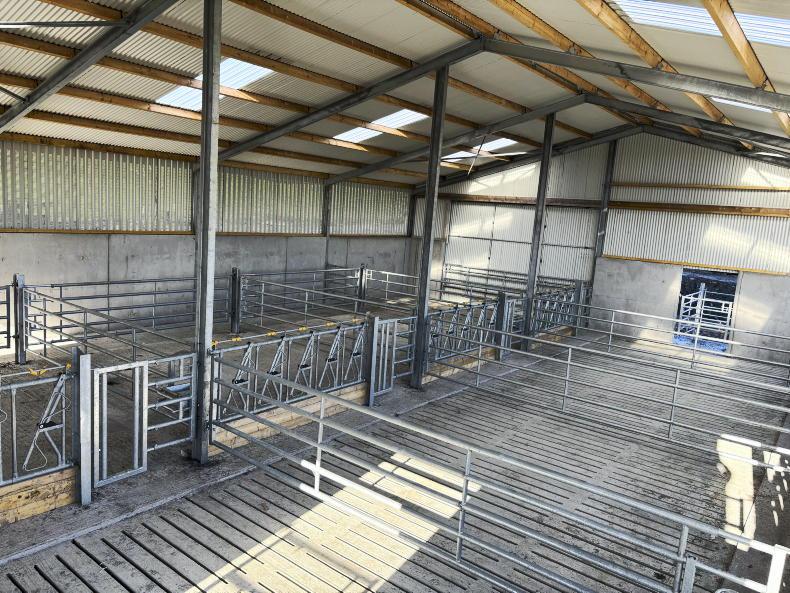
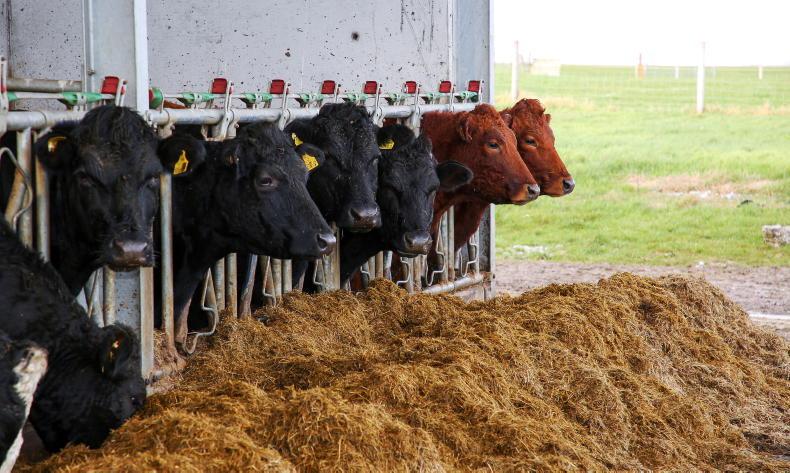
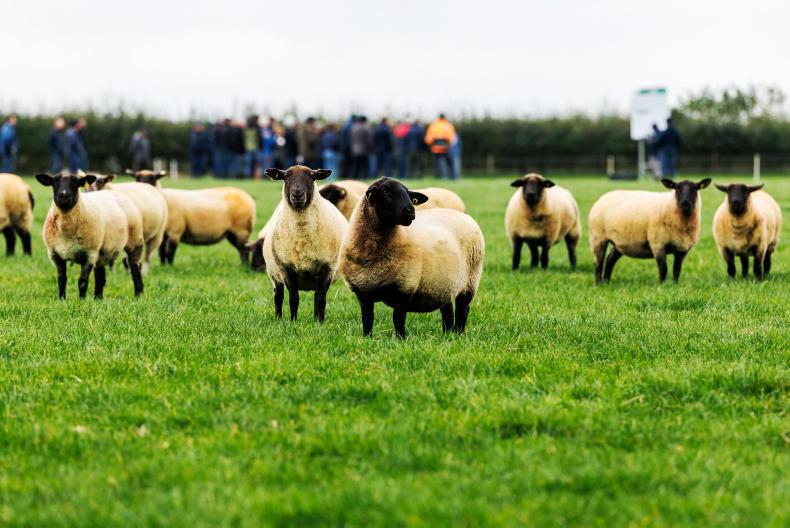
SHARING OPTIONS